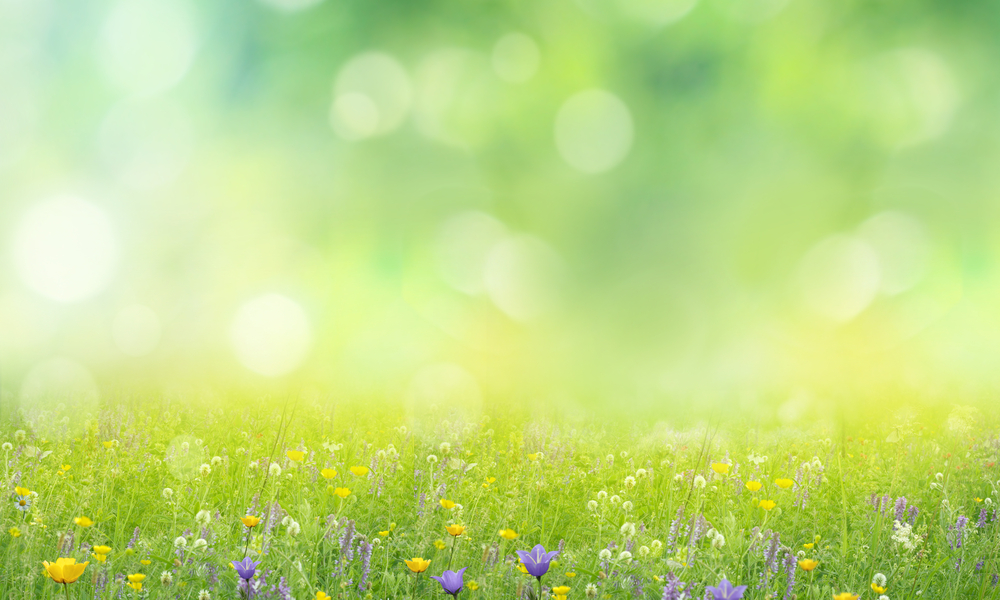
Celebrations surrounding seasonal shifts are common in cultures across the world. Though many of these traditions have roots in agriculture, modern events have evolved to be more about bringing communities together after the isolation of winter. If you’re eager for warmer weather, take a look at these different ways that springtime is honored across the globe and feel excited for what’s on the horizon.
Nowruz and the New Year
While many Western cultures celebrate the beginning of a new year on January 1st, this is not the case everywhere. For those who observe the Solar Hijri calendar, the vernal equinox marks the start of another year. In Iran, this time is honored with the celebration of Nowruz. To prepare for this holiday, people will vigorously clean their homes and fill the space with hyacinths, tulips, and other seasonal flowers. Families and friends will gather together during Nowruz and indulge in big meals while singing and trading stories.
Though the holiday has Iranian origins, many countries celebrate Nowruz. Other places where this event is observed include Afghanistan, Albania, Kazakhstan, and Turkmenistan.
The Many Flowers of Floriade
In 1988, the people of Australia were preparing to celebrate the 200th anniversary of the nation’s founding. To honor this special event, landscape architect Christiaan Slotemaker de Bruine proposed the idea of creating a sprawling garden of exotic flowers in Canberra’s Commonwealth Park. The event was initially meant as a one-off celebration, though it became an annual occurrence after the initial display proved overwhelmingly popular with both locals and tourists. Now known as Floriade, the yearly display of flowers has transformed into one of the most prominent and anticipated gatherings in Australia meant to honor springtime.
The Drowning of Marzanna
After enduring the endless chill brought on by winter, many people are ready to go to extremes in order to feel a touch of warmth again. This idea is taken to new heights in Poland, where many attempt to bring about spring’s arrival with a festival commonly known as Marzanna. The main focus of this event is the Slavic goddess Morana, who is associated with the end of winter and the idea of rebirth. People will create elaborate effigies of Morana and parade them through the streets before throwing the dolls into a river.
By destroying these effigies, the people are attempting to put an end to the winter and hurry the arrival of spring. The event is traditionally held in March during the spring equinox.
Cherry Blossoms and Hanami
Though not a specific festival in the traditional sense, few international events are as iconically related to the arrival of spring as the Japanese custom of “hanami.” The word literally translates to “flower viewing” and centers around the colorful pink blossoms of the cherry tree. Each year, the Japan Meteorological Agency announces when the trees will bloom, and people travel from all over the world to witness this spectacle of beauty. While the practice has been around for centuries, modern hanami celebrations typically involve gathering beneath the branches of these flowering trees to eat a meal with loved ones.
The Colors of Holi
Holi is a Hindu tradition that is often referred to as the “festival of love,” the “festival of colors,” and the “triumph of good over evil.” Predominantly celebrated across Northern India, this event is meant as a way of honoring the end of winter. While the festival includes bonfires, feasts, and family gatherings, the most noteworthy tradition of Holi is the “color fight.” People will use dry powders and pigmented water to smear each other with bright colors. These color battles usually take place in public areas like parks and leave the streets covered with beautiful rainbow splotches.
There are endless ways that people around the world welcome the arrival of spring. By learning more about these customs, you can prepare yourself for the shift in seasons and the coming warmth.

